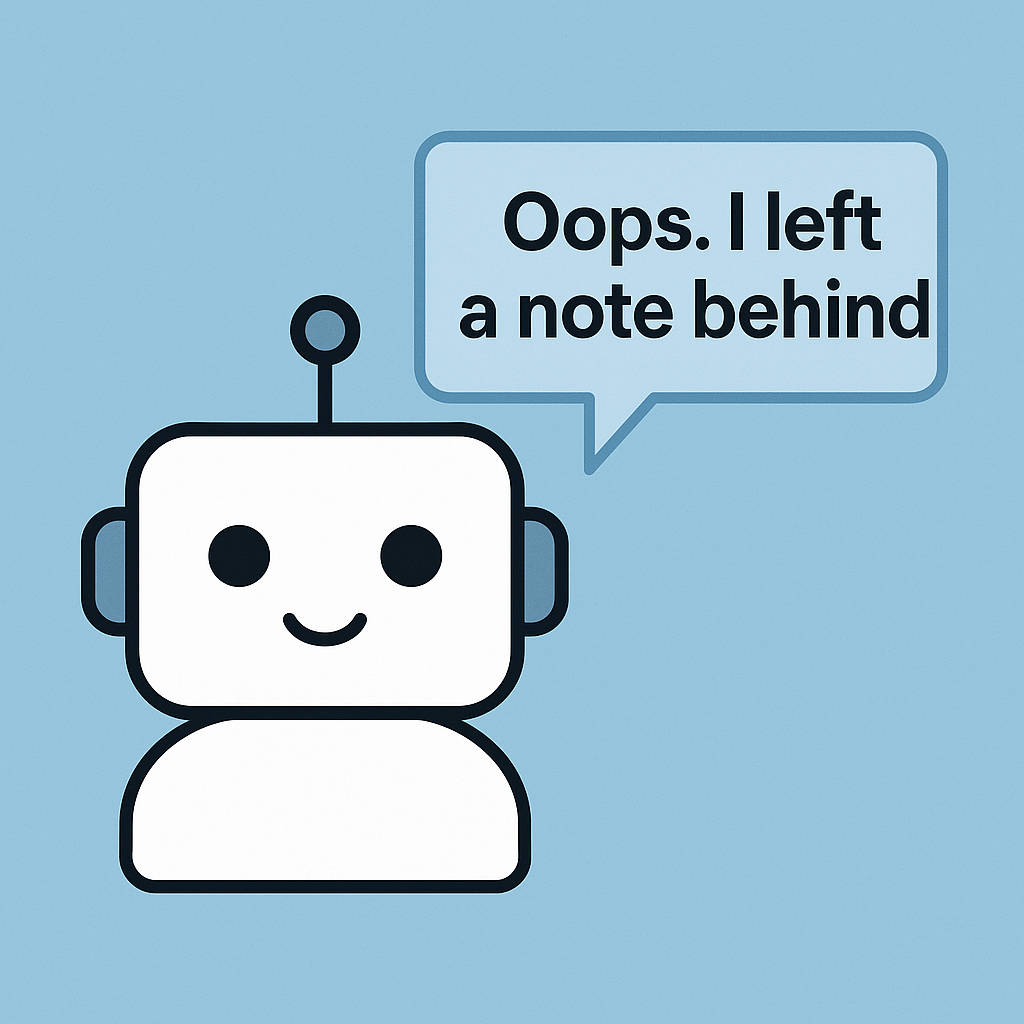When AI Forget to Delete Its Own Notes

AI can help us write faster, but sometimes it leaves behind little reminders that don’t belong in a polished email or workplace exchange.
Take this example:
You send a clear email:
“Hi Allison, I lost my parking pass this morning. What’s the policy about getting a replacement?”
The reply you get back is ChatGPT-generated:
“Hi Alex, replacement parking passes are typically issued through general workplace access channels, though exact procedures may differ by organization.”
(ChatGPT says: Would you like me to make this more aligned with your company’s policy? 🤔)
That last line — the AI’s own drafting note — slipped through. Embarrassing, right?
The Bigger Issue
AI is a great drafting tool. It can save time and spark ideas, but it often:
- Writes in generalities instead of giving specific, actionable details.
- Uses placeholders or notes that were meant for the writer, not the recipient.
- Misses the tone and context that a human naturally provides.
In this case, the sender’s credibility takes a hit. What was meant to be a quick, clear response now reads as vague — and a little careless.
The Human Touch Matters
Note: AI is a great drafting tool, but it writes in generalities. Real communication requires specificity, a human touch, and definitely no leftover AI notes at the end.
Practical tips for avoiding AI slip-ups:
- Always proofread. Treat AI output like a rough draft, not a final product.
- Make it specific. Replace generic phrasing with real company policies, procedures, or examples.
- Own your voice. Add warmth, empathy, or humor that AI can’t replicate.
Your Turn
Have you ever seen an AI draft slip through like this? Were you the sender or the receiver?
